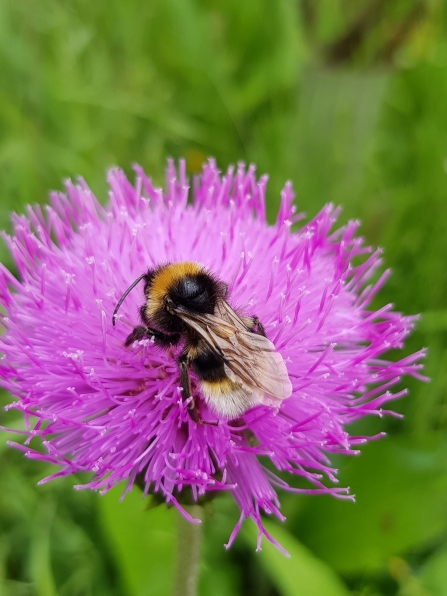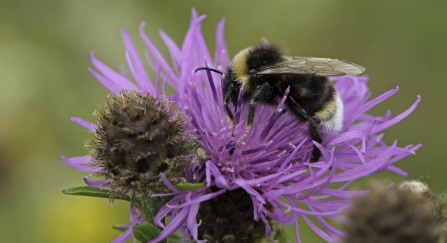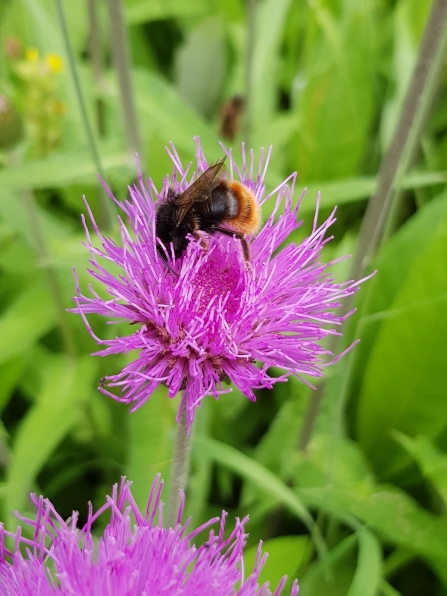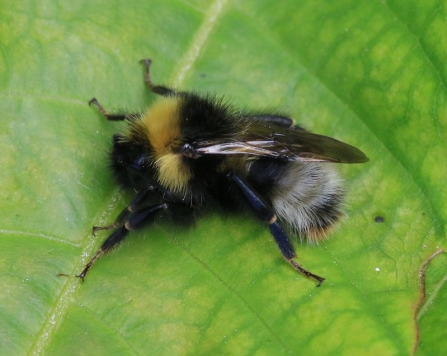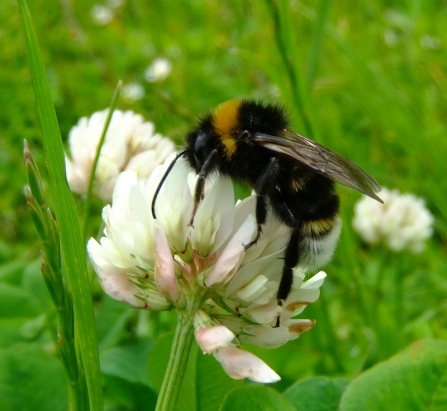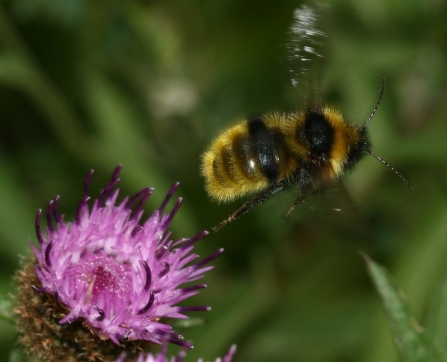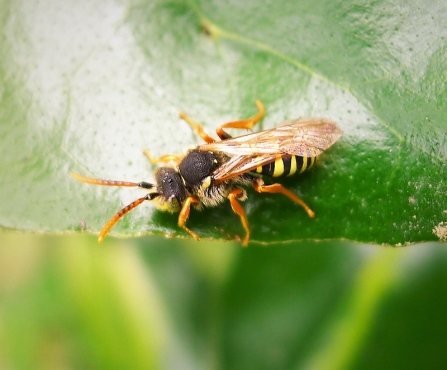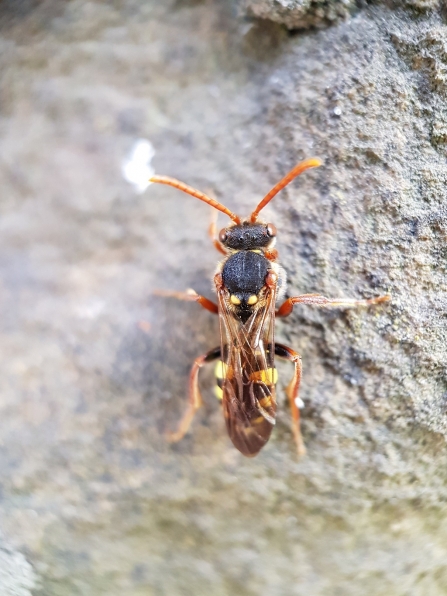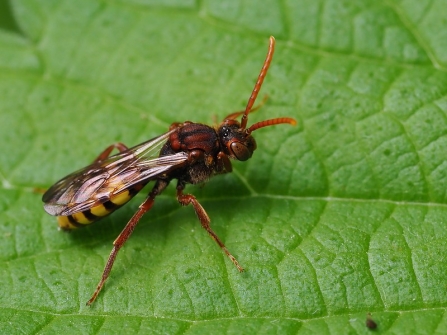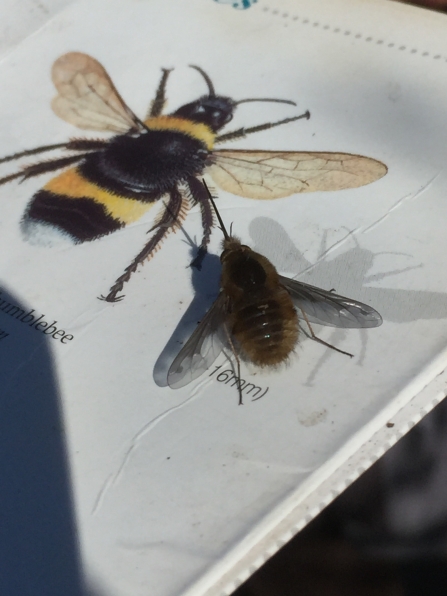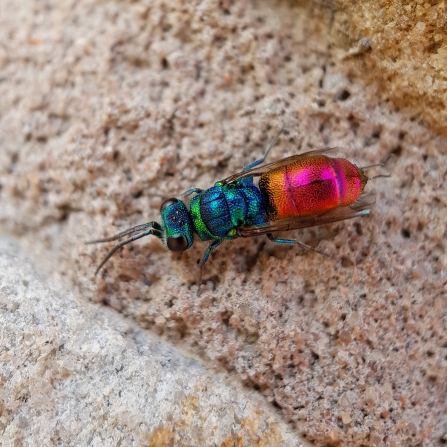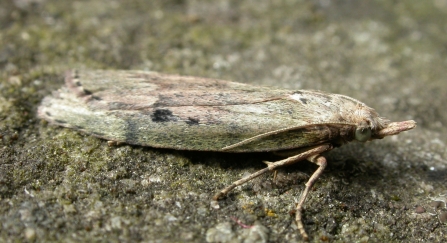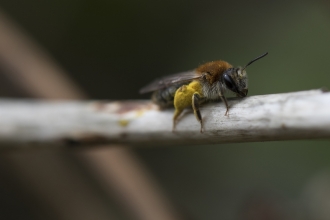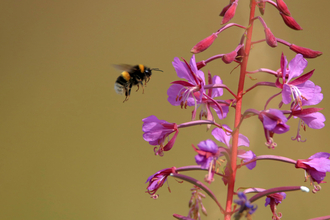It might be so tiny you barely notice it, but the insect world is anything but boring. Playing out like a soap opera, life, death, murder and duplicity are all part and parcel of the natural world’s rich insect tapestry. Some of its craftiest and most interesting characters are the UK’s cuckoo bees, which use clever mimicry and bare-faced cheek to raise the next generation.
What is a cuckoo bumblebee?
A cuckoo bumblebee is a ‘cleptoparasite’ of other bumblebee species. This means that, much like the cuckoo bird, it takes over the nest of its host species. A female cuckoo bumblebee enters the nest of its host and kills the queen. She then establishes herself as the new ‘queen’, being waited on by the host workers, and lays her own eggs to be reared by them.
Bumblebees aren’t the only cuckoos, however. Other cuckoo bees, like nomad bees, also parasitise bee nests, as do insects that aren’t bees at all.


